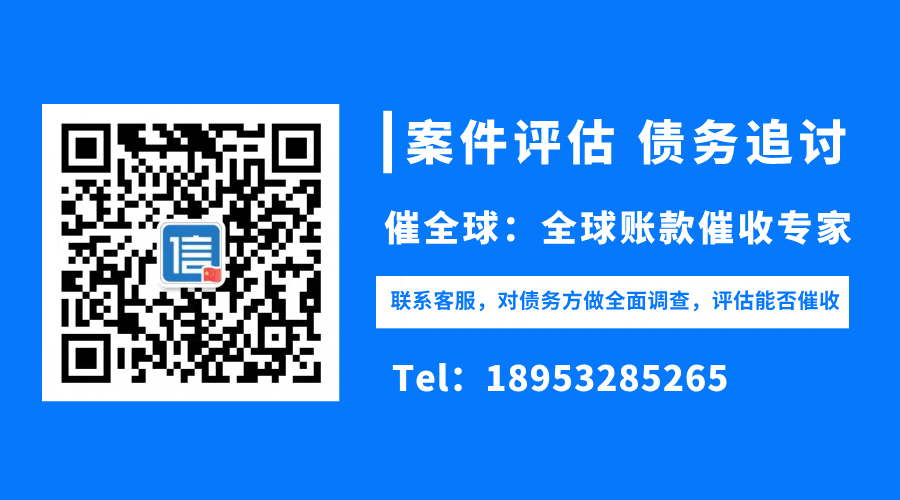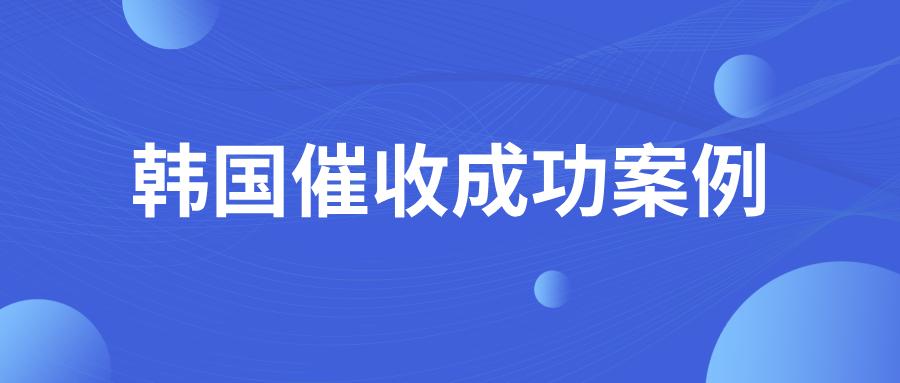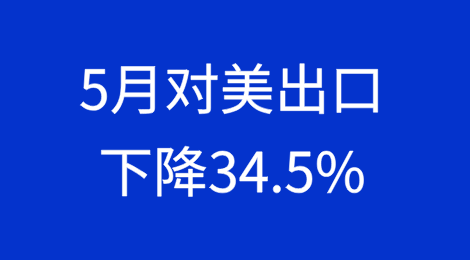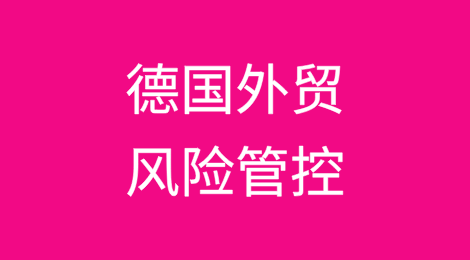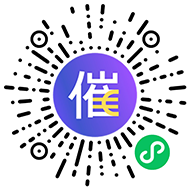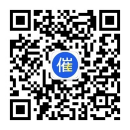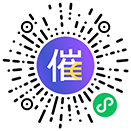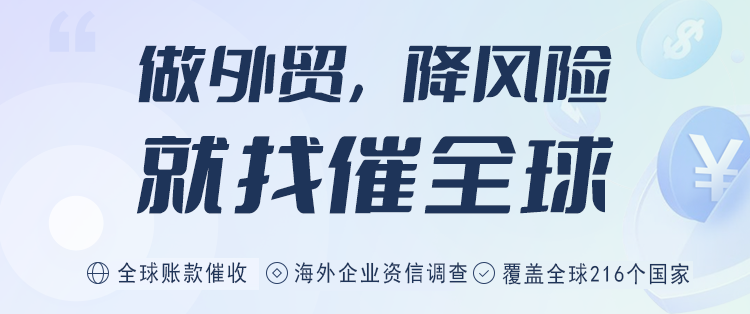
在外贸业务的沟通过程中,国内许多外贸业务员习以为常的行为或话术,往往因文化差异或沟通逻辑不同,成为国外客户眼中的“社交雷区”。
本文基于十余年的外贸实战经验,结合真实业务场景,总结以下高频踩坑行为及避雷指南,助你避开“中式思维陷阱”,高效赢得客户信任。
中式习惯:用“Hi! How are you?”或“在吗?”作为开场白,试图拉近距离。
客户反感点:国外商务沟通讲究效率,此类开放式闲聊易让客户感到突兀,甚至怀疑专业性。
✖️ “Hi John, how are you today?”
✔️ “Hi John, I noticed your company specializes in eco-friendly packaging. Our latest biodegradable materials might align with your needs. Could we schedule a brief call to discuss?”
嗨,约翰,我注意到你们公司专门做环保包装。我们最新的生物可降解材料可能符合您的需要。我们可以安排一个简短的电话讨论一下吗?
客户反感点:无差别推送易被归类为垃圾邮件,降低信任度。
✖️ “This is our latest catalogue.”
✔️ “Hi John, based on your recent inquiry about waterproof fabrics, I’ve attached a tailored product list with certifications for outdoor gear. Let me know if you need samples.”
嗨,约翰,根据你最近对防水织物的询问,我附上了一份定制的产品清单,上面有户外装备的认证。如果你需要样品,请告诉我。
客户反感点:汇率、原材料波动下,模糊报价易引发后续纠纷,甚至被客户质疑诚信。
正确操作:书面报价+明确有效期+注明运费估算范围。
✔️ R◯“OffervaliduntilMay30,2025:10/unit (FOB Shanghai). *Note: Final freight cost subject to carrier’s measurement.”
每件10美元(上海离岸价)。*注:最终运费以承运人计量为准。
中式习惯:频繁使用“I need to ask my boss”推脱决策。
✖️ “I have to ask my boss if we can accept this price.”
✔️ “This proposal looks feasible. Let me consult our production team to confirm timelines and ensure we meet your requirements.”
这个提议看起来可行。让我咨询我们的生产团队确认时间表,以确保我们满足您的要求。
客户反感点:高额目的港费用(如滞箱费、清关费)易导致客户弃货,引发纠纷。
正确操作:提前提供目的港费用明细模板,明确责任划分。
✔️ ®“FOBcost:1500(FOB).”✔R◯“FOBcost:1500. *Please note: Destination charges (e.g., customs clearance, storage) vary by port. Attached is a reference list for your local agent.”
®”FOBcost: 1500。*请注意:目的地费用(如清关、仓储)因港口而异。附件是你们当地代理的参考名单。
客户反感点:工厂延误导致违约,客户损失信任甚至索赔。
✖️ “We can deliver in 20 days!”
✔️ “Our standard lead time is 25-30 days. We’ll prioritize your order and update you weekly on production status.”
我们的标准交货时间是25-30天。我们会优先考虑您的订单,并每周向您更新生产状况。
中式习惯:机械式道歉“It’s all my fault”,缺乏解决方案。
✖️ “Sorry, it’s my fault the shipment was delayed.”
✔️ “We’re addressing the delay urgently: 1.Air freight arranged at our cost; 2.Daily tracking updates. Let’s discuss compensation options for your inconvenience.”
我们正在紧急处理延误问题:1.我们已经安排空运,费用由我们承担;2.我们将每天提供跟踪更新。请让我们讨论一下对您造成不便的补偿方案。
中式习惯:反复询问“When will you pay?”或“Do you have an order?”。
✖️ “Please confirm payment ASAP.”
✔️ “To secure the agreed price and priority production slot, could we finalize the payment by Friday? Let me know if you need any documents to expedite.”
为了确保商定的价格和优先生产位置,我们能在周五之前完成付款吗?”如果您需要什么文件,请告诉我。
中式习惯:邮件中频繁使用“I”或“me”,如“I think...”“I need...”。
客户反感点:西方商务文化中,过度自我视角易显主观,削弱专业形象。
✖️ “I hope you can reply soon.”
✔️ “Your feedback will help us proceed efficiently. Looking forward to your updates.”
中式习惯:用“I’ll try...”回应客户需求。
客户反感点:暗示不确定性,引发客户对执行力的怀疑。
✖️ “I’ll try to meet the deadline.”
✔️ “We’ll deliver by June 10th. If any risks arise, I’ll notify you immediately with alternative plans.”
我们将在6月10日前交货。如果出现任何风险,我会立即通知您并提供替代方案。
外贸的本质是跨文化价值的传递,以上雷区的核心在于以客户需求为中心,而非自我视角。建议在日常沟通中做到:
精准化:拒绝泛泛而谈,用数据、案例、解决方案说话。
坚持积累了解各国家文化禁忌与消费习惯,让专业深入每个外贸业务场景。将“中式习惯”升级为“国际语言”,才能有效打破文化壁垒,让客户从“潜在名单”变为“长期伙伴”。
本文转自外贸实战干货公众号,转载请注明出处,版权归原作者所有,侵删
